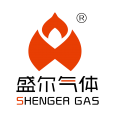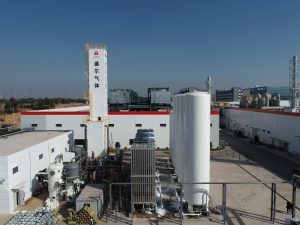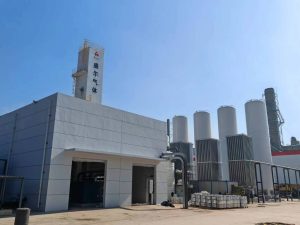Nitrogen, as a common inert gas, plays an indispensable role in the pharmaceutical industry . Colorless, odorless, and chemically stable, nitrogen is used to create inert and low-oxygen environments for storage and production, helping maintain drug quality and enhance safety. It is widely applied in pharmaceutical packaging and storage processes, where it replaces the air inside containers, reducing oxygen and moisture content — effectively extending shelf life and preventing oxidative degradation. Moreover, nitrogen provides essential technical support and protection across pharmaceutical manufacturing, laboratory operations, and emerging biotechnological applications, ensuring that sensitive drugs and biological samples remain uncontaminated and oxidation-free throughout the entire handling process.
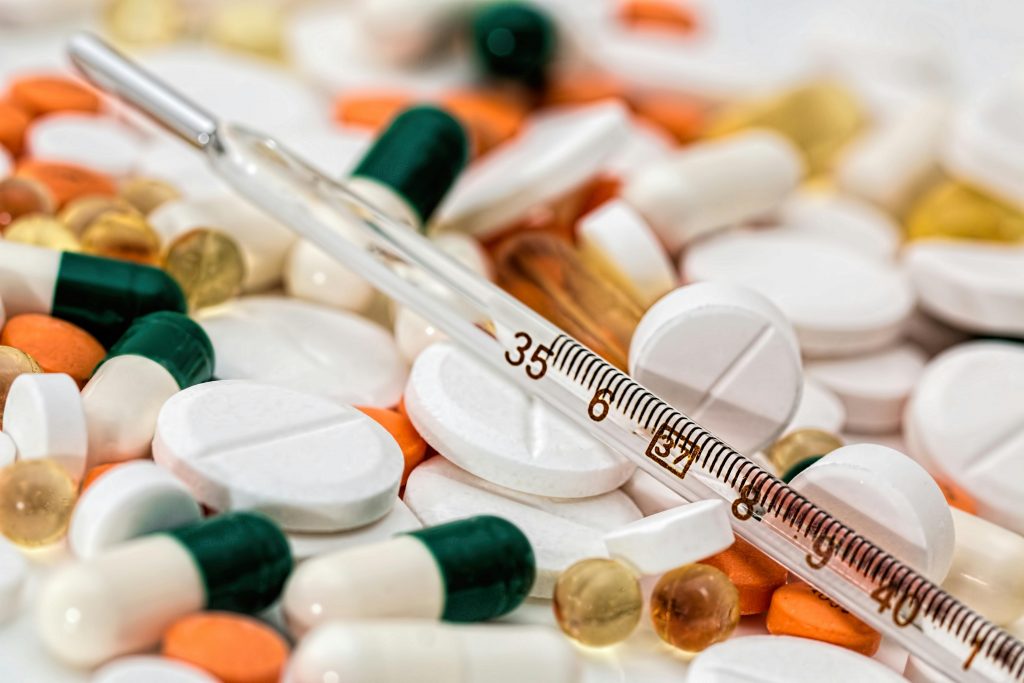
Pharmaceutical storage and packaging applications
In the storage and packaging of pharmaceuticals, nitrogen can be used in technologies such as nitrogen-filled packaging and nitrogen moisture-proof cabinets. By injecting pure nitrogen into pharmaceutical containers or packaging bags, the existing air is quickly displaced, creating an inert environment with low oxygen and humidity, preventing active ingredients from oxidizing and losing their effectiveness or deteriorating due to moisture. For example, using nitrogen to fill the space between pharmaceutical bottle caps or storing APIs and tablets in nitrogen moisture-proof cabinets can keep the materials dry and stable for a long time without causing oxidation reactions. Furthermore, inert gas packaging technology can be used to store solid pharmaceutical preparations and traditional Chinese medicines, inhibiting bacterial and pest infestation and extending the shelf life of the drugs. This nitrogen-protected packaging method significantly reduces the oxygen content within the package and is a common technique used in modern pharmaceutical factories.
Biologics and vaccine refrigeration
For products such as biologics, vaccines, and cell samples, cryogenic storage is key to maintaining activity and stability. Liquid nitrogen, capable of dropping temperatures to -196°C, is used for cryogenic storage of biologics (drug refrigeration), cold chain transportation of drugs and vaccines, and preservation of cell and tissue samples, thereby ensuring the quality and potency of vaccines during transportation. In a liquid nitrogen environment, cells and antigens can maintain their activity for extended periods, making it widely used for the long-term storage of samples such as stem cells, embryos, and immune antigens. Furthermore, liquid nitrogen dry shippers are commonly used in pharmaceutical cold chain logistics to ensure extremely low temperatures during vaccine transportation, preventing temperature fluctuations that could compromise potency. With the emergence of emerging technologies such as mRNA vaccines, the need for ultra-low temperature storage and transportation has become even more pressing, highlighting the crucial role of liquid nitrogen in the modern pharmaceutical cold chain.
Pharmaceutical manufacturing process
In the pharmaceutical manufacturing process, nitrogen is often used as an inert atmosphere to prevent oxidation or explosion risks in chemical reactions. Reactors, pipelines, and storage tanks in pharmaceutical factories are often purged or sealed with nitrogen to remove oxygen and moisture, ensuring that reactants and products are protected from oxidative decomposition. In drug synthesis and purification reactions, inert nitrogen can replace air to prevent organic substances from reacting with oxygen under high temperatures or catalytic conditions. In addition, nitrogen is also used for clean material transportation, maintaining a sterile environment in the pipeline when pushing medicinal powders or preparations in closed pipelines. These applications ensure product purity and safety during key synthesis steps and pipeline transportation, and are an important guarantee for high-quality pharmaceutical production.
Laboratory and clinical applications
In biomedical research laboratories, nitrogen is often used to create an inert atmosphere. For example, pure nitrogen is injected into glove boxes or nitrogen-protected reactors to isolate oxygen for oxygen-sensitive chemical or cell-based experiments. Nitrogen is also used as a carrier gas for analytical instruments (such as gas chromatography and liquid chromatography), ensuring that oxygen and other impurities are not introduced during analysis. Liquid nitrogen is primarily used for cryopreservation of biological samples. Cells, tissues, sperm, embryos, and other samples can be stored in the liquid nitrogen vapor phase at -196°C for long periods, preserving their biological activity and integrity. Clinically, liquid nitrogen is also used in cryotherapy, for example, to treat skin lesions and tumors. Hospital laboratories sometimes use liquid nitrogen to preserve blood samples or biological products such as vaccines for short-term stability. In summary, nitrogen's inertness and ultra-low temperature capabilities make it an indispensable protective tool in both laboratory and clinical applications.
Application of emerging medical technologies
With the advancement of medical technology, nitrogen is increasingly being used in emerging fields such as cell therapy, genetic engineering, and mRNA vaccines. In cell therapy research, liquid nitrogen provides stable cryogenic storage conditions for stem cells, CAR-T cells, and other immune cells, preserving their activity over time. In genetic engineering experiments, plasmid DNA, CRISPR fragments, and other components must be stored at low temperatures to maintain their functional activity. For mRNA vaccines, components are sensitive to oxygen and heat, requiring ultra-low temperatures for transportation and storage. Liquid nitrogen serves as a cold source for rapid freezing and freeze-drying in these applications, preserving the stability of bioactive materials such as mRNA and lipid nanoparticles, supporting the development and application of next-generation pharmaceutical technologies. The use of nitrogen in these emerging technologies fully demonstrates the critical role of inert gases and ultra-low temperature technology in cutting-edge pharmaceutical research and development.
Nitrogen production and nitrogen generator equipment
A nitrogen generator is a commonly used on-site gas generation device that utilizes membrane separation or PSA technology to produce nitrogen from compressed air. Membrane separation nitrogen generators are compact and cost-effective, providing a stable supply of nitrogen with a purity of 95% to 99%, making them suitable for pharmaceutical plants or laboratories with lower purity requirements. PSA nitrogen generators, on the other hand, utilize carbon molecular sieve adsorption to produce high-purity nitrogen with a purity of up to 99.999%, with adjustable purity settings. Both types of on-site nitrogen generators provide a continuous and adjustable nitrogen supply, unlike traditional cylinder or liquid nitrogen methods. This effectively reduces consumable costs and maintenance workload, avoiding interruptions associated with changing bottled or liquid nitrogen distribution. Nitrogen generators offer flexibility and cost-effectiveness ideal for small and medium-sized operations, adjusting nitrogen production according to usage to ensure a stable supply for pharmaceutical production and experiments.
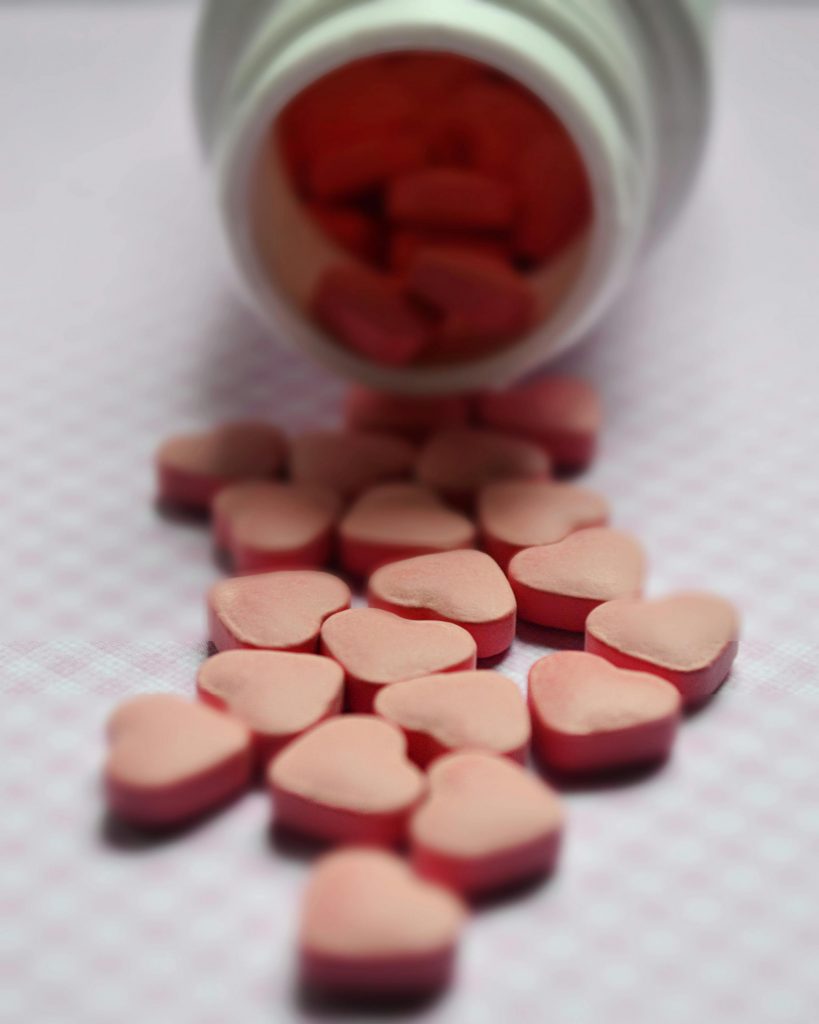
Characteristics of cryogenic air separation equipment
Cryogenic air separation units (CASs) use cryogenic distillation technology to separate air into nitrogen, oxygen, and noble gases in a single operation, providing a continuous supply of high-purity nitrogen (reaching over 99.999%). Their output and purity far exceed those of on-site nitrogen generators, making them ideally suited to the needs of large-scale pharmaceutical companies. Cryogenic air separation units can directly produce liquid and gaseous nitrogen for ultra-low temperature storage and inert atmosphere protection. Medical-grade oxygen and argon, as byproducts, can also be supplied to medical and biomanufacturing processes. While cryogenic systems have relatively high investment and operating costs, their advantage lies in reducing unit gas production costs during large-scale continuous production, providing a stable gas supply solution for large-scale biopharmaceutical bases. In summary, nitrogen generators and CASs each have their advantages. Nitrogen generators are suitable for applications with lower quality and scale requirements, while CASs meet demanding requirements for high purity and high output.
Industry News and Resources
To learn more about nitrogen technology and product solutions, follow Shenger Gas on social media. For example, Shenger Gas's official LinkedIn page and X-Platform account regularly publish updates on the company's nitrogen solutions and industry applications. These resources provide the latest technological developments in the modern industrial gas field, helping researchers and professionals understand advanced nitrogen applications and equipment selection in the pharmaceutical field.
